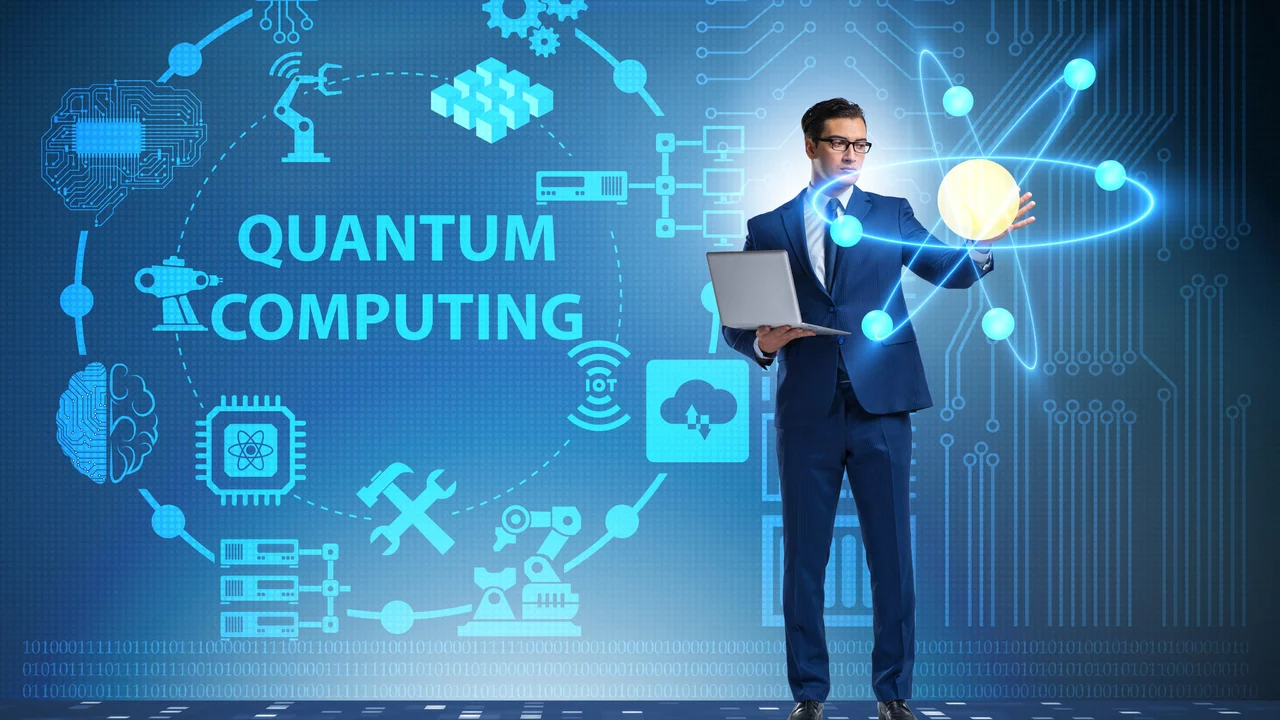Quantum Computing Technology Explained
Ever wondered why quantum computers sound like sci‑fi but are actually being built today? At its core, quantum computing swaps out the ordinary bits of classic computers for quantum bits, or qubits, which can exist in many states at once. That weird‑looking property lets a quantum machine tackle certain problems millions of times faster than a laptop could.
What makes quantum computers different?
Classic computers use bits that are either 0 or 1. A quantum computer’s qubit can be 0, 1, or both thanks to superposition, a principle from quantum physics. Add entanglement – a spooky link that lets qubits influence each other instantly – and you have a system that can explore many solutions simultaneously. The downside? Those same principles make the hardware fragile and the math complex, which is why many people find quantum computing hard to understand.
Building a quantum machine isn’t as simple as stacking more chips. You need ultra‑cold environments—near absolute zero—to keep qubits stable, and you need error‑correction tricks that are still being refined. That expense and difficulty keep quantum computers in specialized labs, but big tech firms are already pouring billions into research.
Where quantum computing is making an impact
Healthcare is a prime example. Researchers use quantum simulations to model how molecules interact, speeding up drug discovery that would take years on a regular computer. In finance, firms run quantum algorithms to optimize portfolios and detect fraud patterns that are too tangled for classical methods.
The energy sector benefits too. Quantum models help predict how materials behave at the atomic level, leading to more efficient batteries and better solar cells. And in artificial intelligence, quantum processors can train machine‑learning models faster, allowing AI to learn from massive data sets with less time.
Even though the tech is still early, you’ll start seeing quantum‑powered services pop up in cloud platforms. That means developers can experiment with quantum code without owning a physical machine. If you’re curious, try a beginner’s toolkit that lets you write simple quantum circuits and watch how qubits interact.
So, why should you care? Quantum computing isn’t a replacement for your phone or laptop; it’s a specialist tool for problems that are currently unsolvable. As the hardware improves and software becomes easier to use, more industries will tap into that extra horsepower.
Bottom line: quantum computing technology blends mind‑bending physics with real‑world problem solving. It’s tough to master, but the payoff—faster drug design, smarter finance, greener energy—makes the effort worth it. Keep an eye on the field; the next breakthrough could be just around the corner.
What is quantum computation and quantum information?
Quantum computation and quantum information are fascinating topics in the world of advanced technology. Essentially, quantum computation uses quantum bits, or 'qubits', which can exist in multiple states at once, a phenomenon known as superposition. This is different from traditional computing that uses binary bits. Quantum information, on the other hand, is a field that combines quantum mechanics and information theory and studies how information can be manipulated and processed using quantum systems. To put it simply, these two concepts are the pillars of the exciting realm of quantum computing that promises to revolutionize our technological future.
